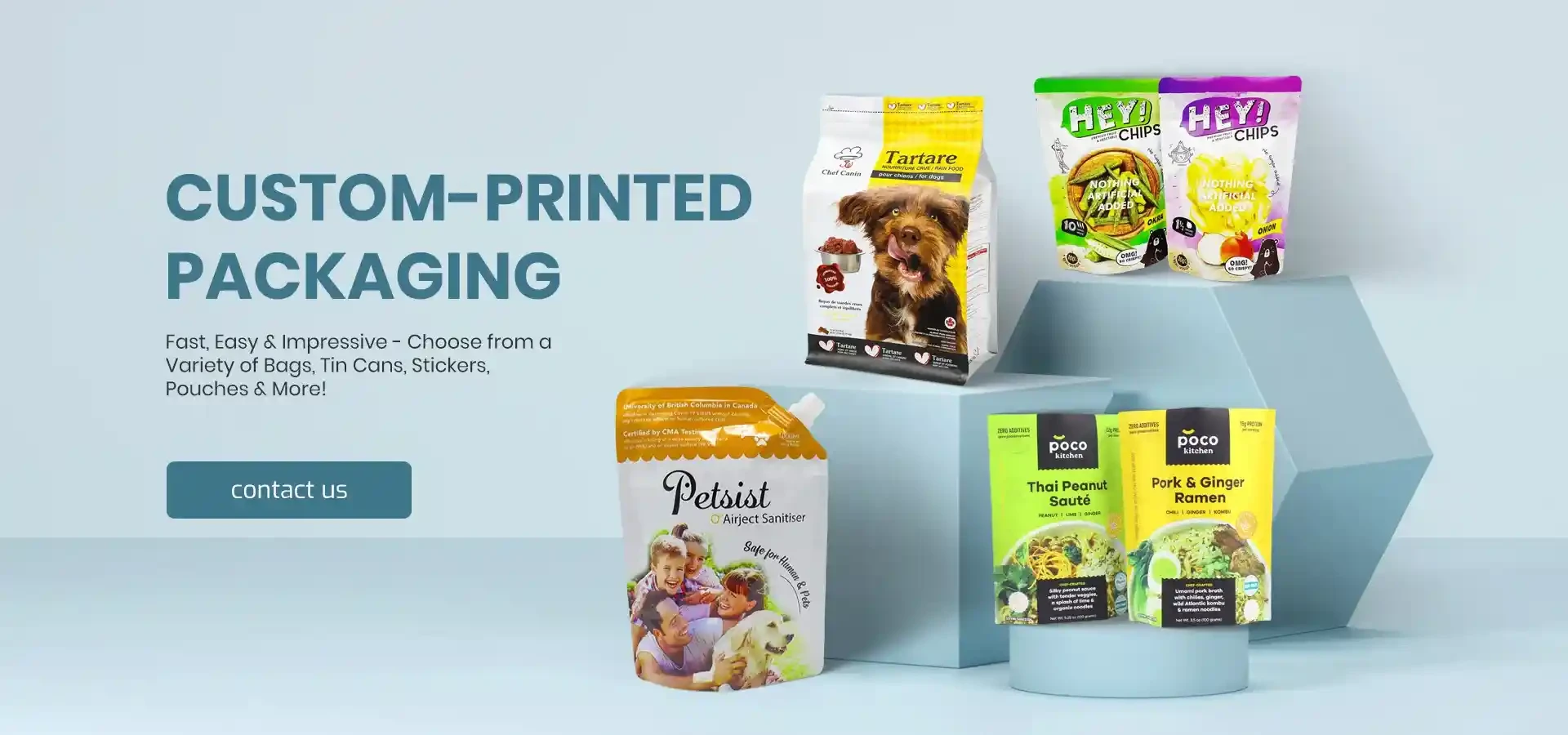- Afrikaans
- Albanian
- Amharic
- Arabic
- Armenian
- Azerbaijani
- Basque
- Belarusian
- Bengali
- Bosnian
- Bulgarian
- Catalan
- Cebuano
- chinese_simplified
- chinese_traditional
- Corsican
- Croatian
- Czech
- Danish
- Dutch
- English
- Esperanto
- Estonian
- Finnish
- French
- Frisian
- Galician
- Georgian
- German
- Greek
- Gujarati
- haitian_creole
- hausa
- hawaiian
- Hebrew
- Hindi
- Miao
- Hungarian
- Icelandic
- igbo
- Indonesian
- irish
- Italian
- Japanese
- Javanese
- Kannada
- kazakh
- Khmer
- Rwandese
- Korean
- Kurdish
- Kyrgyz
- Lao
- Latin
- Latvian
- Lithuanian
- Luxembourgish
- Macedonian
- Malgashi
- Malay
- Malayalam
- Maltese
- Maori
- Marathi
- Mongolian
- Myanmar
- Nepali
- Norwegian
- Norwegian
- Occitan
- Pashto
- Persian
- Polish
- Portuguese
- Punjabi
- Romanian
- Russian
- Samoan
- scottish-gaelic
- Serbian
- Sesotho
- Shona
- Sindhi
- Sinhala
- Slovak
- Slovenian
- Somali
- Spanish
- Sundanese
- Swahili
- Swedish
- Tagalog
- Tajik
- Tamil
- Tatar
- Telugu
- Thai
- Turkish
- Turkmen
- Ukrainian
- Urdu
- Uighur
- Uzbek
- Vietnamese
- Welsh
- Bantu
- Yiddish
- Yoruba
- Zulu
Innovative Solutions for Pharmaceutical Packaging and Delivery Systems
Pharmaceutical Packaging Solutions Ensuring Safety and Efficacy in Drug Delivery
In the ever-evolving healthcare landscape, the importance of pharmaceutical packaging cannot be overstated. Pharmaceutical packaging serves a crucial role not only in safeguarding the product but also in ensuring the safety and well-being of patients. As the global demand for medications continues to rise, effective packaging solutions have become vital in the pharmaceutical industry. This article explores the significance of pharmaceutical packaging, the trends shaping the industry, and innovative solutions that are transforming drug delivery systems.
The Role of Pharmaceutical Packaging
Pharmaceutical packaging is designed to protect drugs from contamination, degradation, and misuse, while also offering necessary information to consumers and healthcare providers. The packaging must comply with strict regulatory requirements, ensuring that it maintains the integrity of the product throughout its shelf life. The packaging solutions also assist in patient compliance by making it easier to understand dosage instructions and medication information.
One of the primary functions of pharmaceutical packaging is to maintain product stability. Certain medications are sensitive to light, moisture, and temperature and require specialized packaging to ensure their efficacy. For instance, blister packs can protect pills from environmental factors, thereby extending their shelf life and improving patient safety.
Regulatory Compliance and Safety
With increasing global regulations surrounding pharmaceuticals, packaging must adhere to strict guidelines established by agencies such as the Food and Drug Administration (FDA) and the European Medicines Agency (EMA). These regulations govern not just the materials used but also labeling, child-resistance features, and tamper-evident designs. Ensuring compliance not only protects consumers but also shields pharmaceutical companies from legal repercussions and product recalls.
Trends Shaping Pharmaceutical Packaging
The pharmaceutical packaging industry is constantly adapting to meet changing market demands and technological advancements. Some notable trends include
pharmaceutical packaging solutions

1. Sustainability There is a growing demand for eco-friendly packaging solutions. Companies are increasingly seeking to reduce their environmental footprint by utilizing recyclable and biodegradable materials. Sustainable packaging not only appeals to environmentally conscious consumers but also aligns with global efforts to combat climate change.
2. Smart Packaging The integration of technology into packaging is becoming more prevalent. Smart packaging solutions, such as RFID tags and QR codes, allow for real-time monitoring of product conditions and provide consumers with additional information about the medication. These innovations enhance traceability and can significantly reduce the risk of counterfeit drugs.
3. Patient-Centric Designs Understanding the end-user is crucial in pharmaceutical packaging. Designing user-friendly packaging that accommodates the needs of diverse populations, including the elderly and individuals with disabilities, is becoming increasingly important. Child-resistant packaging is also a priority to prevent accidental ingestion by young children.
4. Customization Personalized medicine is on the rise, and with it comes the need for customized packaging solutions. Packaging must now cater to individual patient needs, providing specific information related to dosage and administration, thereby promoting adherence to treatment regimens.
Innovations in Pharmaceutical Packaging
Recent innovations in pharmaceutical packaging are revolutionizing the industry. For example, active packaging techniques involve adding substances to the packaging material that can actively interact with the product to extend shelf life and maintain quality. Moreover, developments in nanotechnology are enabling the creation of advanced packaging materials that offer superior barrier properties.
The implementation of Blockchain technology in supply chains also presents a promising solution for improving transparency and security in pharmaceutical distribution. By creating a tamper-proof record of each transaction, pharmaceutical companies can ensure the authenticity and safety of their products as they move through the supply chain.
Conclusion
As the pharmaceutical industry continues to grow and evolve, so too must its packaging solutions. Effective pharmaceutical packaging is essential for ensuring the safety, efficacy, and compliance of medications, all while catering to the needs of consumers and healthcare providers. With trends leaning towards sustainability, smart technology, patient-centric designs, and customization, the future of pharmaceutical packaging promises to be innovative and impactful. Embracing these advancements will be key to safeguarding public health and enhancing the overall medication delivery experience. In this landscape, pharmaceutical packaging is not just a barrier; it is a vital component of effective healthcare.













